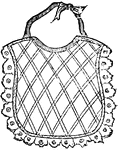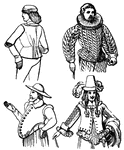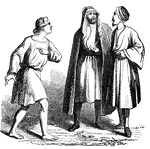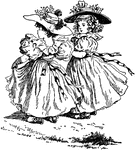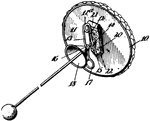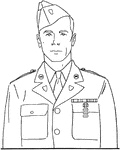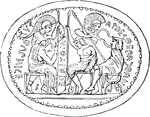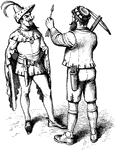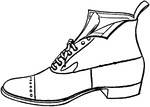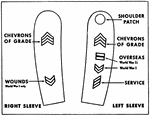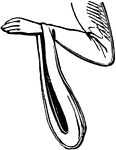
Medieval Amice
Three examples of the medieval method of putting on the amice. The amice is a liturgical vestment used…

Apron
A cloth, or piece of leather, worn on the fore part of the body, to keep the clothes clean, or defend…
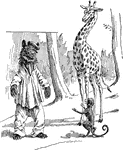
Bear Dressed in Shirt & Pants with Giraffe & Monkey
An illustration of a bear dressed in shirt and pants with a giraffe and monkey watching.

Clothes Boiler
Most boilers consist of a rotating drum called a tumbler through which heated air is circulated to evaporate…

Cavalier
What a Cavalier wore. The name Cavalier originally related to political and social attitudes and behaviour,…
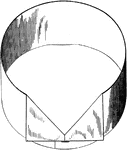
Clothing Collar
In clothing, a collar is the part of a shirt, dress, coat or blouse that fastens around or frames the…
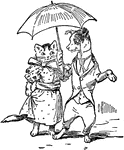
Dog & Cat Dressed with Umbrella
An illustration of a cat and dog dressed in clothes and walking with an umbrella.

Emperor Tiberius Wearing a Toga
Illustration of the Roman Emperor Tiberius wearing a draped toga, which was fashionable in the first…

Garment Supporter
This is a primitive clothes holder that fits around either male or female torso. The primary purpose…
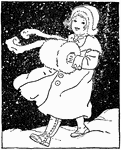
Girl Dressed in Winter Clothes
An illustration of a young girl walking through the snow dressed in winter clothing.

Softening Process in the Manufacturing of Jute
In the manufacturing of jute, the jute fiber must first be softened. The softening machine consists…

Spinning Process in the Manufacturing of Jute
In the last step of the manufacturing process of the jute plant, the material is taken on bobbins to…
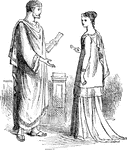
Man and Woman in Roman Clothing
An illustration of a man and woman standing in typical Roman clothing. Clothing in ancient Rome generally…

Man Wearing New Coat
An illustration of a man wearing a new coat with the old coat hanging next to him.

Mantle
An illustration of a mantle, a type of loose garment usually worn over indoor clothing to serve the…

Native American Boy with Headdress
An illustration of a boy wearing a Native American costume and headdress.

Roman Toga - View from the Back
A view of the back of a Roman toga. The man stands with his right foot slightly behind his left, as…

Roundhead
What a Roundhead wore. Roundhead was the name given to the supporters of the Parliament of England during…

Bobbin Detail of Wheeler and Wilson Sewing Machine
"a is the bobbin case; c, bobbin; b, thread wound on bobbin; d, projection from bobbin-case which keeps…

Bobbin Detail of Wheeler and Wilson Sewing Machine
"a is the bobbin holder, partly opened to show hook b, and bobbin-case c; d, feed-points; e, presser-foot."…

Detail of Wheeler and Wilson Sewing Machine
A detail of the Wheeler and Wilson Sewing Machine. "s, thread-leader; t, face-plate covering...; v,…

Sleeve Protector
Cut the sleeve protectors from the pattern. Beginning at the center of the bottom and holding the wrong…
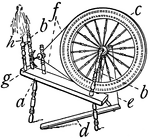
Spinning Wheel for Flax
"A machine for spinning flax into threads by hand. It consists of a wheel, band, and spindle, and is…
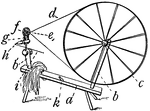
Spinning Wheel for Wool
"A machine for spinning flax into threads by hand. It consists of a wheel, band, and spindle, and is…

Leg splints
"Fracture of the leg: Apply two splints, one on the outside, the other on the inside of the limb. When…
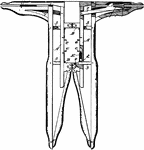
Garment Stretcher
The garment extender is used to stretch and size tubular portions of garments. The extender comprises…

Diving Suit
A weighted and hermetically sealed garment supplied with air; worn by underwater divers.


